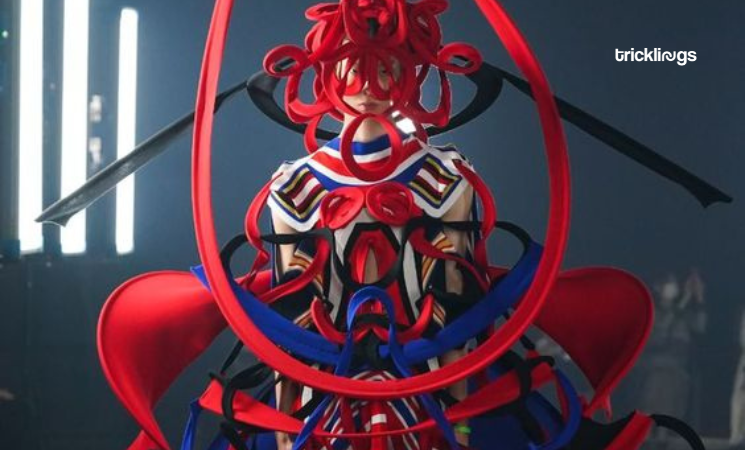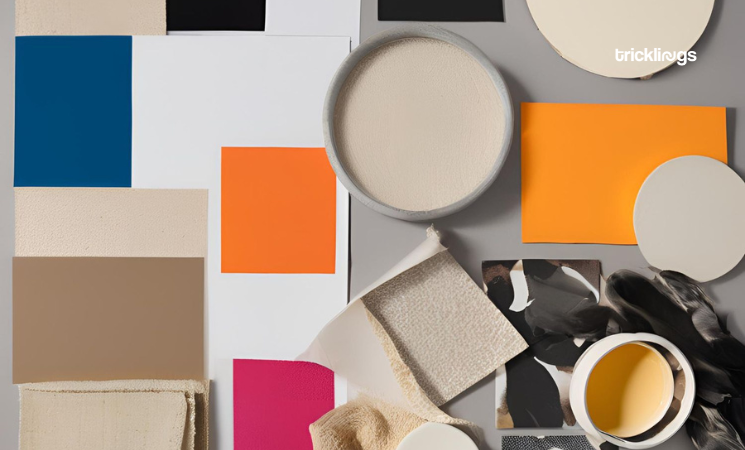In both fashion and architecture, the avant-garde movement has consistently pushed the limits of creativity, using unconventional materials to challenge traditional design principles.
Recent discussions among designers and architects have reignited interest in the materials that shape these industries.
From 3D-printed polymers in haute couture to bio-engineered concrete in futuristic buildings, the avant-garde approach redefines what materials can achieve.
The term “avant-garde” is often associated with fashion that breaks away from convention. Designers such as Iris van Herpen have pioneered the use of 3D-printed materials, blending technology with traditional craftsmanship to create intricate, sculptural garments.

Van Herpen has used polymers, plastics, and metal to craft designs that seem more akin to modern art installations than clothing.
Her work challenges the boundary between fashion and technology, showing how materials themselves can tell a story.

In architecture, the avant-garde approach emphasizes materials that either didn’t exist or were rarely used a decade ago.
One of the standout materials is biocrete, a bio-engineered concrete that can repair itself. By blending natural materials with innovative technology, architects can create buildings that not only defy conventional aesthetics but also embrace sustainability.

The futuristic use of carbon fiber in buildings like the Louis Vuitton Foundation in Paris showcases how light yet strong materials can revolutionize architectural forms.
Avant-garde fashion designers like Alexander McQueen also experimented with animal-derived materials like feathers and leather, using them to make bold cultural statements. McQueen’s infamous runway shows often blurred the line between nature and art, and his use of animal materials invited reflection on the relationship between humanity and the natural world.

He famously said, “I’m inspired by nature and the beauty of decay,” and this philosophy was often reflected in his fabric choices, as well as in his rebellious spirit against traditional materials.
While fashion tends to focus on materials for artistic flair and visual impact, architecture leans into functionality and sustainability.
Avant-garde architecture explores materials such as transparent aluminum, which provides strength and transparency for unique building designs.
Another material gaining popularity is ETFE (Ethylene Tetrafluoroethylene), used in projects like the Eden Project in the UK, where its flexibility and durability make it ideal for complex, organic forms.
The architectural avant-garde also emphasizes parametric design, which uses advanced algorithms to generate innovative building shapes.
Materials like 3D-printed concrete have allowed for these intricate designs to become reality. This technology offers endless customization and has been employed in eco-friendly buildings like the 3D-printed Office of the Future in Dubai.
It showcases how materials can combine both form and function, pushing architecture to new heights.
The avant-garde spirit in both fashion and architecture also embraces recycled and sustainable materials.
With growing environmental concerns, many designers and architects are turning to upcycled fabrics and reclaimed wood to demonstrate that innovation doesn’t need to compromise the planet.
In particular, recycled plastic fabrics are becoming more common in avant-garde fashion, illustrating that sustainability and cutting-edge design can coexist.
Reflecting on the future of avant-garde materials, designers continue to explore the interplay of form, function, and sustainability.
As Iris van Herpen once noted, “Fashion shouldn’t just be about beauty—it should also say something about the times we live in.” This sentiment is shared by avant-garde architects who see their materials not just as building blocks but as statements on progress and environmental responsibility.
In conclusion, the avant-garde movement in both fashion and architecture has transformed the way materials are perceived and used.
From the surreal shapes of 3D-printed couture to the futuristic facades of biocrete buildings, these materials allow creators to break free from the constraints of tradition, merging innovation with artistry.
The avant-garde approach invites us to reconsider what materials can do, encouraging both industries to push the boundaries of creativity.













